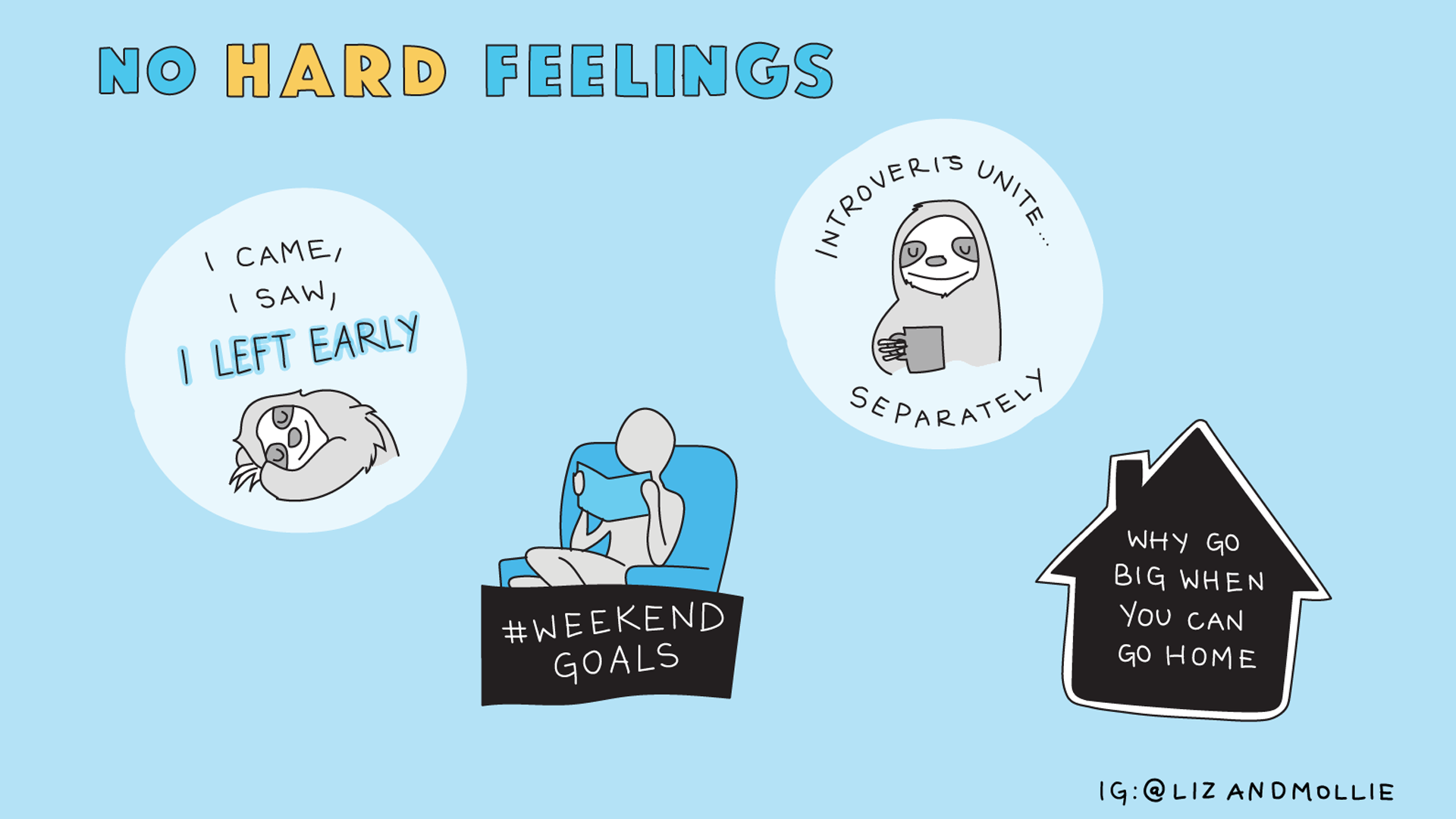
The Introvert’s Edge – A Guide for Salespeople
By Matthew.Pollard
Quiet Revolution is excited to spread the word about Matthew Pollard’s book release of The Introvert’s Edge.
We introverts live in a world that looks up to people who act like extroverts. We often describe the leaders we admire as outgoing, charming, and charismatic. Successful people look and act extroverted. Therefore, extroverts are the people we believe we should model.
That doesn’t work for introverts like you and me. It goes against who we are, how we’re wired, and how we think. Sure, we can pretend to be extroverts and learn the tricks that mask our introversion, but at the end of the day, asking a hard-core introvert to get excited about working the room is like hiring a performing artist to get excited about accounting: It’s just not in their nature.
After selling to solo entrepreneurs and enterprises, after consulting with founders and C-level execs, after founding a few multimillion-dollar businesses, and after creating and running the now-nationwide Small Business Festival, I’ll share with you something that you might already know or suspect in your heart of hearts: The introvert’s roadmap to success as a salesperson doesn’t look like that of an extrovert.
We’re different and we should embrace that.
Here’s the advantage in sales that we introverts have over our extroverted peers: We don’t rely on our personality. In the absence of natural talent, we have to rely on a process…and in the long run, process beats personality. Every time.
In presenting my sales process for introverts, I won’t pretend that I’ve created some revolutionary system. If you’re a student of sales literature, you should recognize nearly every piece of advice I present. I’m not even going to give you a sales system, really; I’m giving you the framework to create your own.
Let’s look at just the essential elements, from the thirty-thousand-foot view, so you can see how the pieces fit together.
First, establish trust and provide an agenda. One of the reasons How to Win Friends and Influence People is an enduring classic is because of how timeless Dale Carnegie’s advice is: Start by connecting with the other person on a personal level. Without trust, you have nothing but an uphill battle.
You also need to chart the course. People like to know where a conversation is headed, especially in a sales meeting. When they understand even a rough agenda of the meeting, they often visibly relax. And when done well, they understand that what you’re asking is designed to help them, so they’re happy to answer in-depth.
Second, ask probing questions. Most salespeople go into a meeting and essentially say, “This is what I sell. Do you want to buy it?” Don’t tell them what you sell. Instead, have a list of questions ready to help you find their pain points. This often comes naturally to introverts, who enjoy asking questions of others. Try to understand where they’re coming from, including their concerns. Do they worry about security? About missing time with their partner? Providing the good life for their kids? That’s their real problem, and perhaps you can help solve it.
And if they don’t want to open up to a complete stranger (understandably), tell stories about customers just like them who’ve had problems just like theirs. Often, you’ll see them begin to nod their heads because they’ve experienced the same thing themselves.
Third, speak to the decision-maker. Have you ever been in a sales situation where the person was nodding along with your every word? Where you thought, I’ve got this one in the bag! And when you were ready to sign, the person said, “Oh, no, I can’t make this decision. I’d have to speak to my [spouse, boss, investor, partner].” That’s why you need to find out up front if you’re actually in a sales meeting or if you’re still trying to get one in the first place.
Fourth, tell a story. Customers are more cynical and more educated than ever. They can compare you with your competitors with just a click of a mouse. So instead of selling them a solution, tell them a true story—one of a handful that you’ve prepared and that feel authentic to you—of how one of your past customers was like them, and how they got the exact result they were hoping for.
Fifth, answer objections with stories. Don’t tell the customer why they’re wrong or how their reasoning doesn’t apply. Don’t pressure them into a sale or try some gimmick to misdirect them. Simply tell a story—again, prepared beforehand so that it feels natural to you—of a customer who had a similar objection or issue. Introverts often seek to persuade via data, without realizing the connective power of narrative.
I see sales like a factory production line. When the factory first starts production, the first few widgets off the line will probably be awful. As the engineers and operators tweak the process, though, the quality of the widgets gets better and better. Smart engineers will continue to fiddle with the line, but change only one thing at a time, to see if each change increases or decreases the overall quality of the widgets.
Don’t get focused on the individual sale, any more than an engineer focuses on an individual widget. Take the broad view: How well is the overall system performing? Instead of trying to win every sale, try to improve your sales system. If you improve your sales factory, so to speak, then the results will take care of themselves.
Many of my clients have been surprised to find, once they incorporate these ideas, they can actually be more present in the room and therefore are surprised to discover they actually feel more authentic.
And it won’t take as long as you think.
I’m on a mission to help introverts bust the myth that they can’t sell. That’s why I created National Introverts Week, The Introvert’s Edge Podcast, and of course, why I wrote the book. And you don’t even have to purchase the book to achieve a massive improvement in your sales process. Simply download the first chapter here, for free – it outlines the full seven steps to a sale, including how to actually close the deal comfortably. If you do nothing more than apply those steps, you’ll double your sales in the next 60 days.








